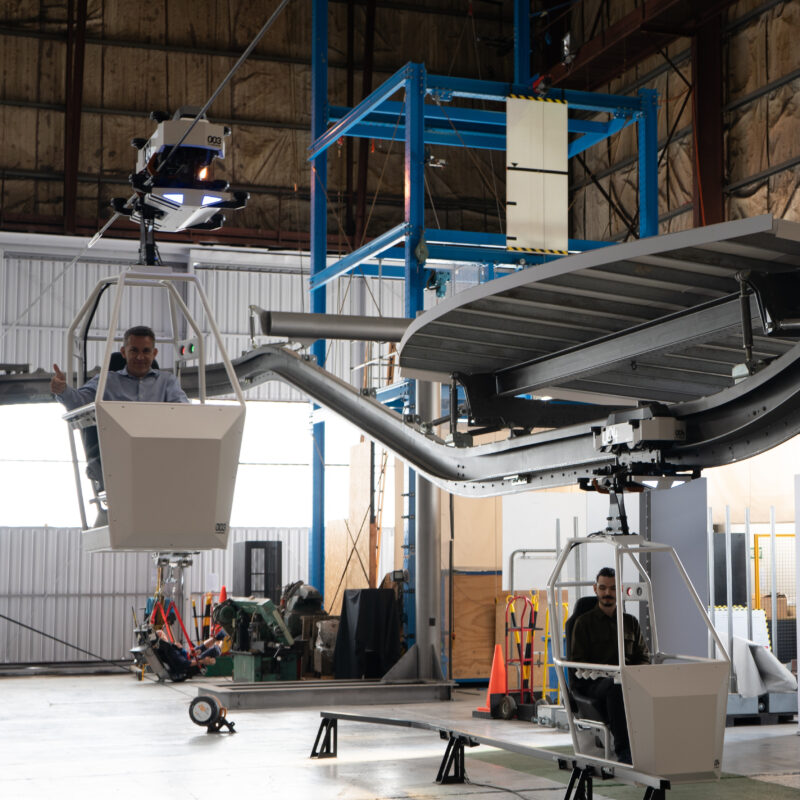Google needed to find a way to better connect their campuses and allow for more dense, multi-use development.
Transportation solutions of all types were reviewed, but none solved the district-level connectivity problem. The team engaged Holmes Solutions to advance their innovative, emerging technology.
Prototypes demonstrated effectiveness, low cost, modular construction and sustainability. Development continued, creating the transportation technology known as Whoosh®.
Today, Swyft Cities is the sole licensee of Whoosh® Transportation Technology in North America and other designated geographies. Swyft Cities spun out of Google to commercialize these systems for the world and is developing proprietary control systems to help supercharge Whoosh functionality.
Working with an expanding network of partners, Swyft Cities brings a seasoned team with extensive experience delivering large-scale infrastructure and urban mobility projects.














